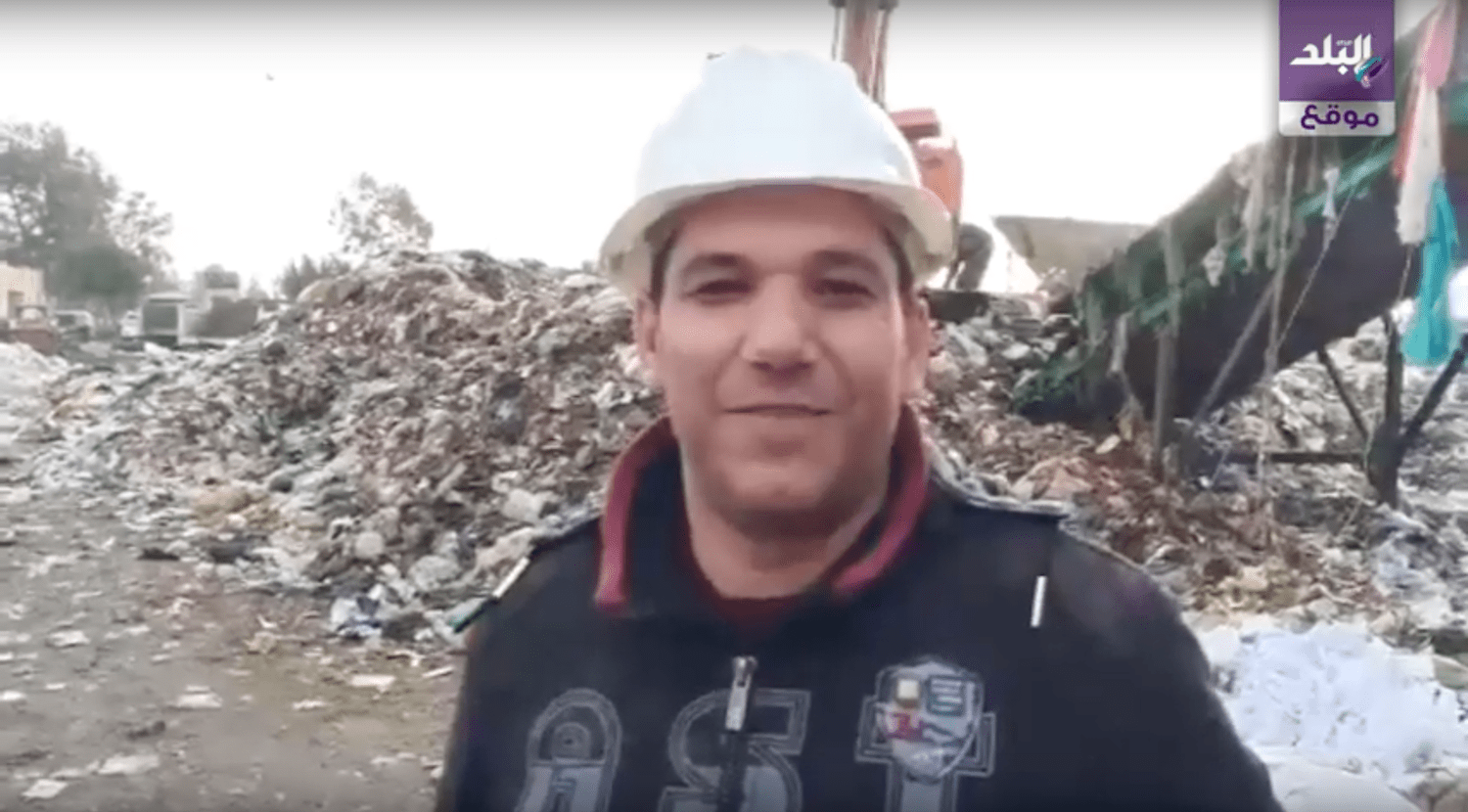
If liquid mercury escapes down a drain, it can go through the wastewater treatment plant and be released into waterways. The toxic vapors are also released when mercury-containing products are broken. Since mercury is naturally present in coal, burning coal for power generation can release it into the air. Unborn and young children are the most vulnerable to its effects. Excessive exposure to mercury can impact the central nervous system and affect the way people see, hear and function. Exposure can occur by breathing its vapors, ingesting mercury-containing food or water or absorbing it through the skin. If not disposed of properly, mercury can escape into the environment, putting humans and animals at risk. Mercury is a naturally occurring element that conducts electricity, combines easily with other metals, and expands and contracts evenly with temperature changes. Because of these properties, it is used in many household, medical and industrial products such as fluorescent light bulbs and old thermometers.Īlthough mercury is useful, it is also toxic. Phase 2, known in South Bend as our SAGE Plan, (Smarter Alternative for a Greener Environment) will be completed in 2038. Commenced in 2021, the first projects are wastewater treatment plant expansion and the building of the City’s first ever combined sewage storage tank (two million gallon). Phase 2 of the LTCP will cost more $276 million to implement. Phase 1 was a success, having removed over 75% of the annual CSO volume and preventing more than 1,500 million gallons of combined sewage from entering the St. The system also contains smart moving valves that direct flow in the sewer and control storm water basin levels. Containing over 150 sensors, the Smart Sewer System provides data for a range of parameters including flow, depth, velocity, and weir/gate control valve position. In certain South Bend neighborhoods, sewer separation (uncombining of the sewer system) occurred as well as the creation of the City’s Smart Sewer System. Phase 1 was completed in 2017 at a cost of nearly $150 million. TWO PHASES OF SOUTH BEND’S LONG-TERM CONTROL PLAN
WASTE MANAGEMENT TREATMENT PLANT UPGRADE
As required by federal regulation, the City is taking steps to upgrade its sewer system to end this practice and to improve its local water quality. Known as the Long-term Control Plan (LTCP), steps are currently being implemented and will be complete by 2038. When excess rain overloads these pipes, an event known as a combined sewer overflow (CSO) occurs, sending dirty water into the river. If you’re looking for a trusted partner for your city or town’s water or wastewater management, we want you to know that Aqua can help.Like many cities, South Bend has a combined sewer, meaning rainwater and sewage often travel in the same pipes. With our technical expertise and resources, Aqua has become the “go to” regulated water company for municipal leaders who continually rely upon us to solve a variety of unique problems with troubled water and wastewater utilities in their states. Our dedicated staff of more than 1,600 employees includes highly skilled scientists, engineers, treatment operators and a host of other professionals.

Water Services Available for Your MunicipalityĪqua is an industry leader among wastewater management and water companies, setting the standard for water quality, infrastructure, customer service and community involvement. Today, we own and operate more than 1,400 public water systems and more than 187 wastewater treatment plants and collection systems that serve more than three million people across eight states. Water By Aqua – Water Solutions for Municipalities Water Utilities and Wastewater ManagementĪs a regulated water services company, Aqua has been providing reliable, quality water and wastewater services to cities and towns throughout the United States for more than 130 years.


 0 kommentar(er)
0 kommentar(er)
